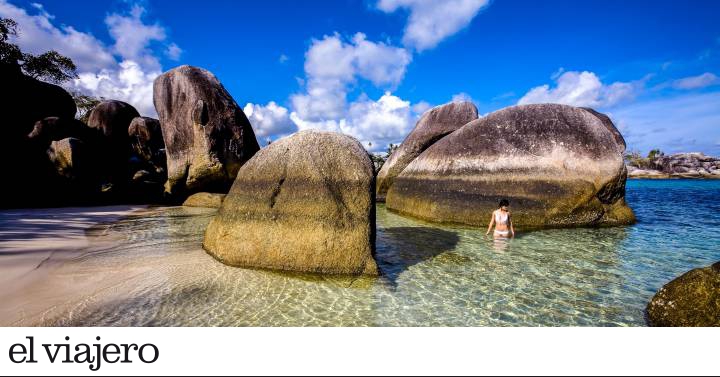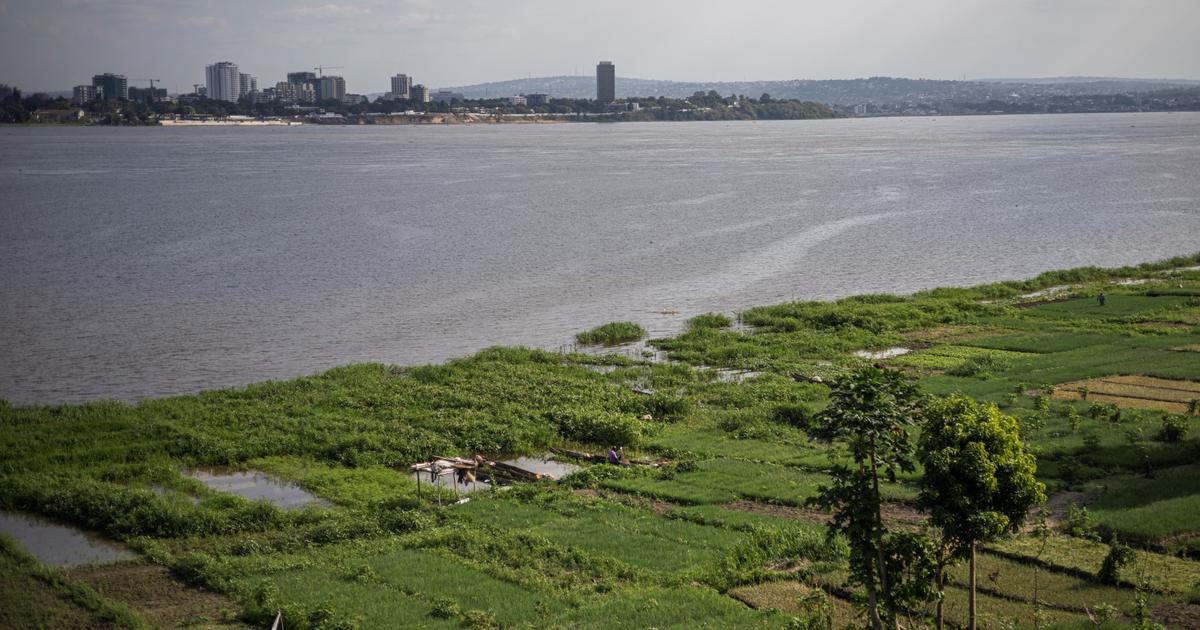1Vestjylland (Denmark) Geoparks are representative areas of the Earth's geological history. Scenarios that allow observing, knowing and documenting various geological events that have shaped our planet since its origin. Vestjylland, on the west coast of Denmark, contemplates landscapes of glacial origin formed more than 23,000 years ago, which combine sandar (plains made up of sediments deposited in the process of melting a glacier), lakes and lagoons, and make up an 'amphibious geopark ': the land part only occupies a third of its extension, the rest extends through areas of the Limfjord Strait and the North Sea. Vibeke Jayana GETTY images
2Sierra de Santa Cruz (Poland) With these eight new additions (seven of them on the European continent), the list of geosites that make up the UNESCO World Geoparks Network amounts to a total of 169, spread over 44 countries. Twelve of them are in Spain. In the case of the Sierra de Santa Cruz, a wooded extension located in southeastern Poland, in addition to marking a key tectonic boundary between Eastern Europe and Western Europe, the sedimentary rocks found show the complete geological sequence of the planet from about 540 million years ago. years, between the Cambrian period and the Quaternary, which continues to the present day. It is also home to remains of Neanderthal camps and spectacular natural cave systems. Geonatura Kielce - KP Öczalsk
3Aspromonte (Italy) Due to covid-19, among the new additions to the list of world geosites, only those candidates whose evaluation missions by Unesco were carried out before the start of the pandemic have been considered. This is the case of Aspromonte, a beautiful alpine system in the Italian region of Calabria, in the south of the country, which alternates in its landscape ridges, plateaus, deep valleys pierced by natural water currents (called 'fiumare') and spectacular waterfalls. Its peculiar geology began 500 million years ago. Ente Nazionale Parco Aspromonte
4Majella (Italy) This massif of limestone reliefs nestled in the central Apennines is home to up to 95 geosites - some of them among the oldest in Europe - of educational and tourist interest. In this area, remains of human presence dating back 600,000 years have been found and its great variety of ecosystems have also conferred a valuable degree of biodiversity. MNP Archive-M. Anselmi Archive
5Turingia Inselsberg - Drei Gleichen (Germany) With an area of about 988 square kilometers, the geology of this park in central Germany illustrates some 150 years of geological history of the planet, which includes processes such as the breakup of Pangea, the original great continent of Earth, in the Triassic period. Some of its more than 100 natural caves can be visited and it has tourist routes that even show the connection between its soils and its geology with local culinary traditions. getty images
6Saimaa (Finland) The rocky base of this lake region in southeastern Finland, which includes the country's largest lake, which gives its name to the new Unesco geopark, formed part of the seabed about 1.9 billion years ago. Unique and endangered species, such as the Saimaa ringed seal and the Atlantic salmon, survive in its 6,063 square kilometers. Miemo Penttinen GETTY images
7Grevena - Kozani (Greece) The Aliakmon River, the longest in Greece, crosses this mountainous environment to the north of the country whose rock formations, which date back about a billion years, have made it possible to explain relevant tectonic events in the geological evolution of the planet , such as the separation of Europe as a continental mass and the birth of the Tethys ocean. In addition, valuable proboscidean fossils have been found here, such as the longest mammoth tusk in the world to date, more than five meters long. Panos Karapanagiotis GETTY images
8Belitong, Indonesia This Indonesian marine geopark, stretching 13,000 square kilometers north of Jakarta, is made up of more than 200 islands, including Belitung, with its fascinating beaches dotted with granite tor formations (pictured). There are also craters and rare tektites formed by the impact of meteorites, as well as valuable mineral deposits, such as the Nam Salu tin vein. This is the only new addition to the Unesco list beyond European borders. pterpang GETTY images
Eight new Unesco world geoparks
2021-05-04T08:27:04.383Z

From the Indonesian island of Belitong to the Italian massif of Majella, scenarios that allow us to know how our planet was formed while contemplating spectacular landscapes







